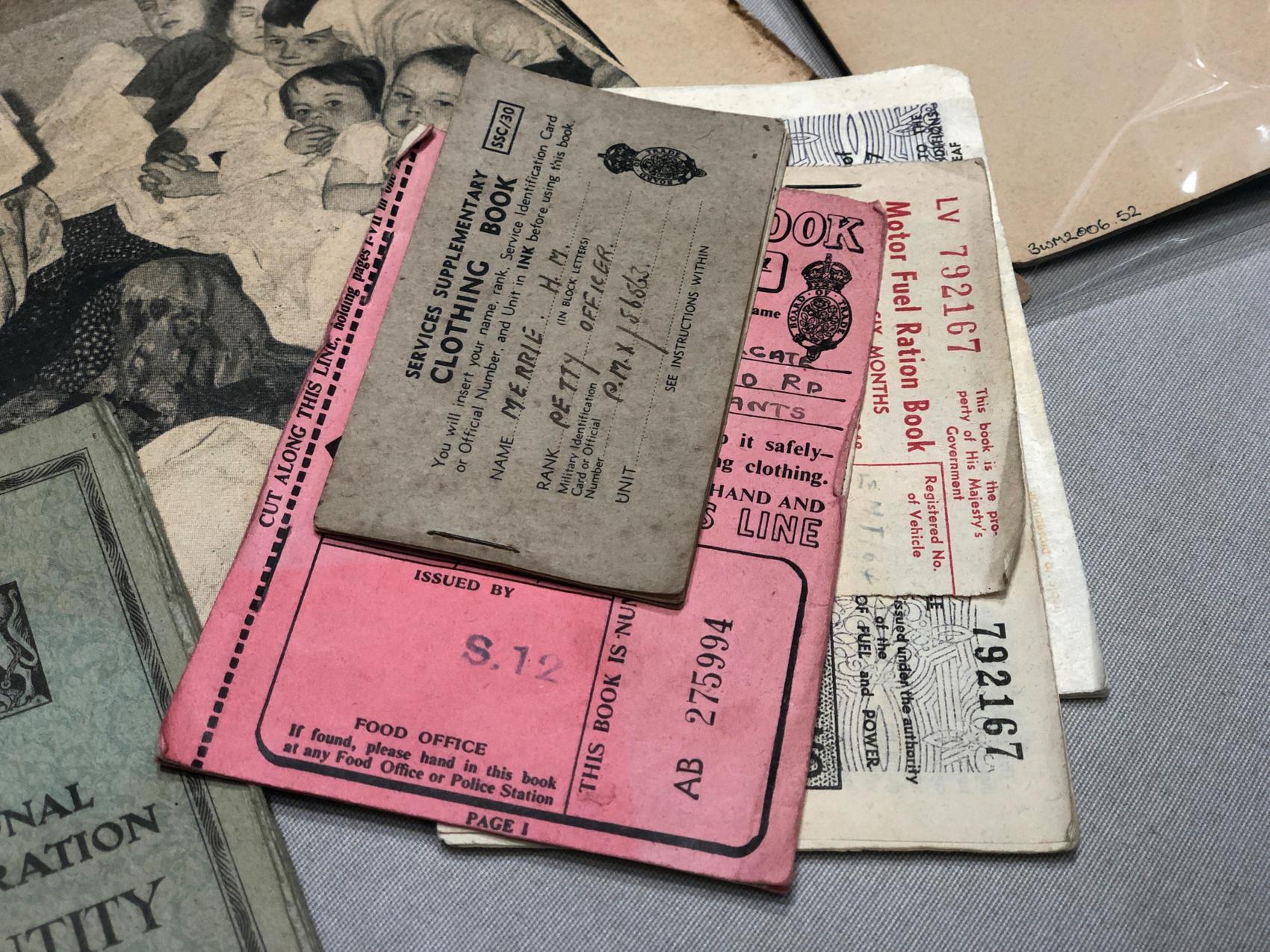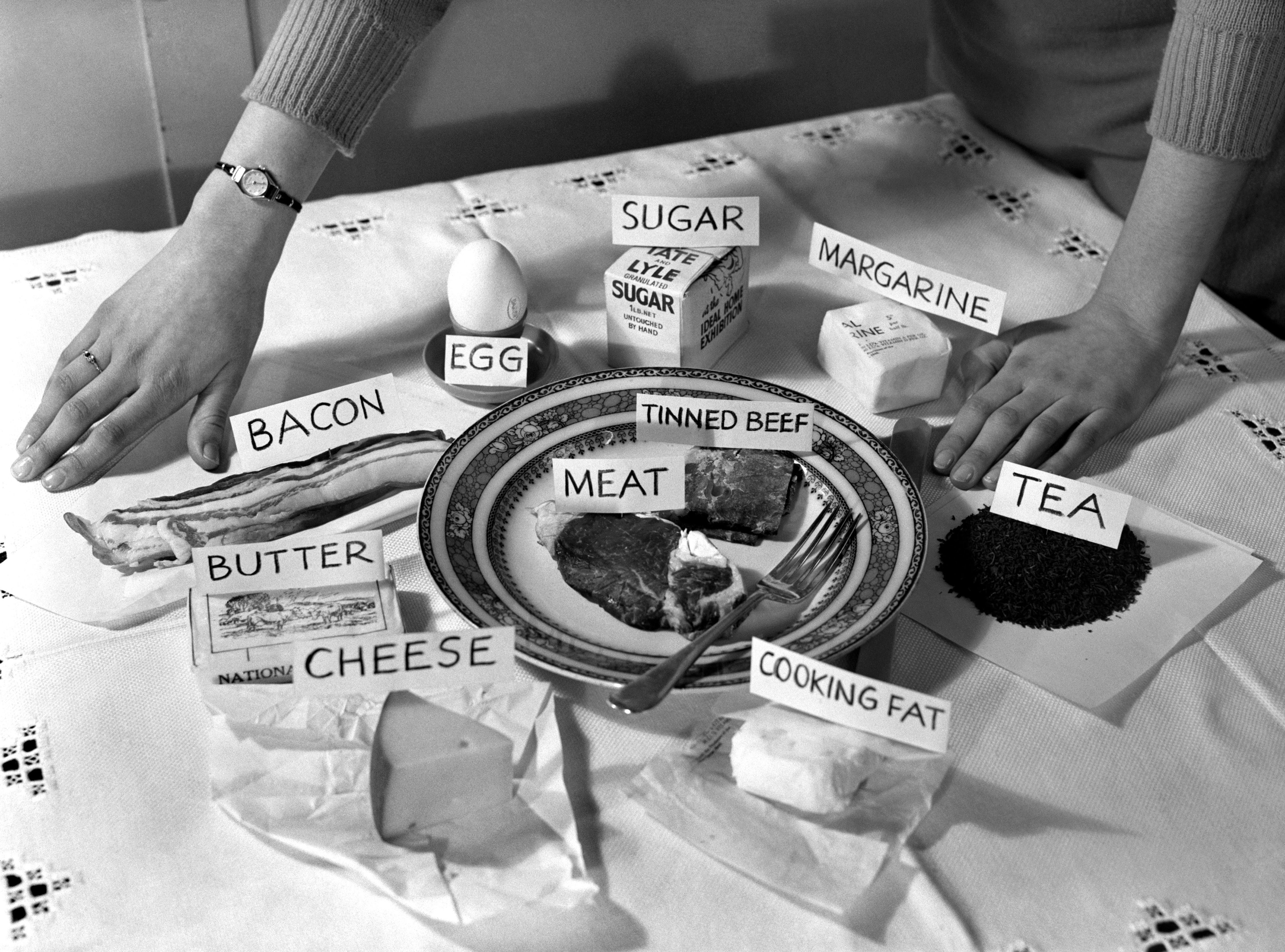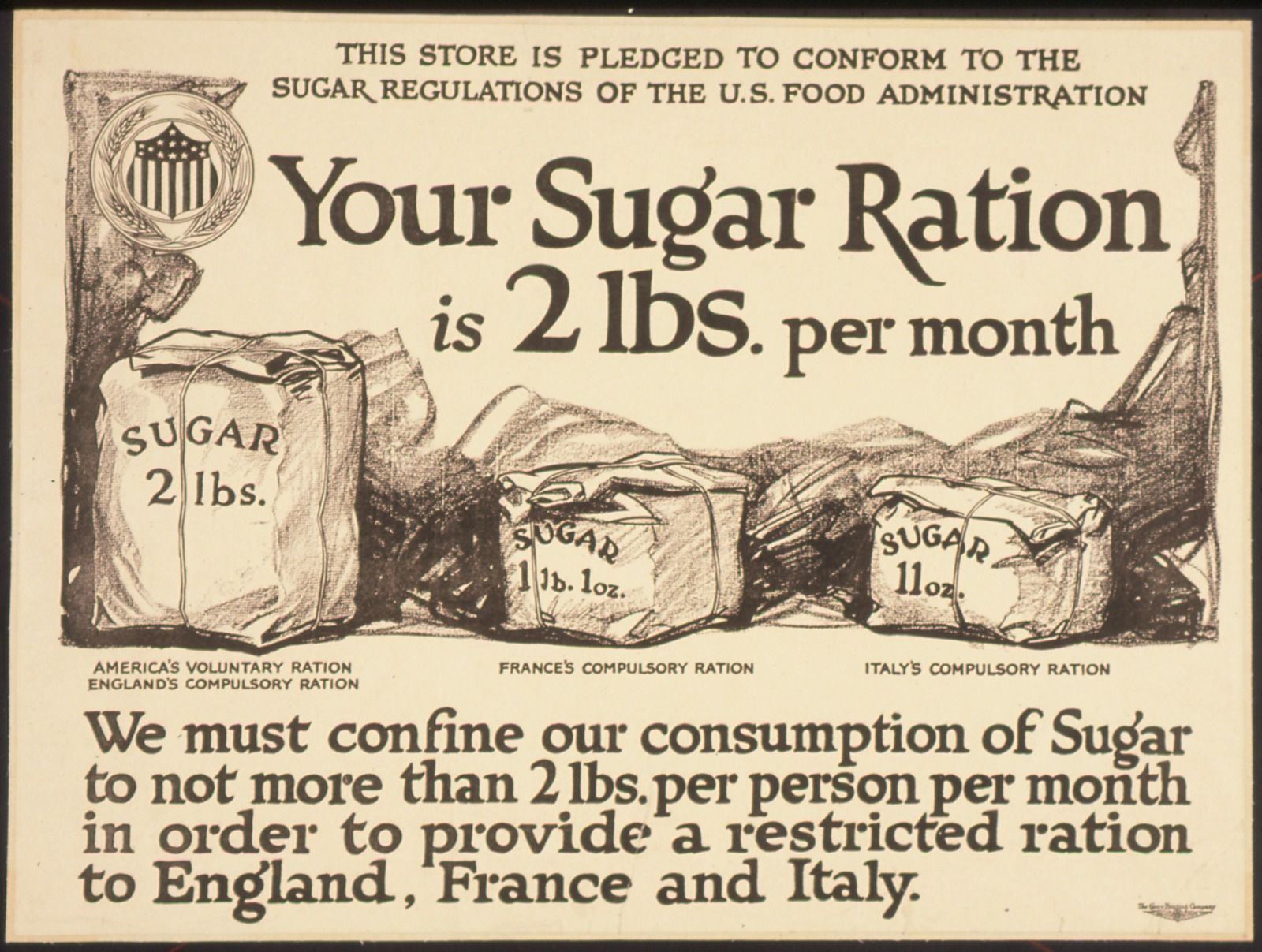The History Of Butter Rationing During World War II
September 22, 2024
The History Of Butter Rationing During World War II: War happens and the world faces a lot of shortage. Butter is one of those that got affected at that time. World War II was a period of great hardship and sacrifice for many people around the world, and food rationing was one of the many ways that governments tried to manage the limited resources that were available. Butter was one of the many foods that was rationed during the war, and its history during this time is a fascinating one.
Editor's Notes: The History Of Butter Rationing During World War II have published today date. Governments around the world were forced to implement rationing programs in order to ensure that everyone had access to the basic necessities of life, and butter was one of the foods that was in short supply.
Butter rationing was first introduced in the United Kingdom in January 1940, and it was soon followed by other countries, including the United States, Canada, and Australia. The amount of butter that each person was allowed to purchase each week was strictly limited, and there were severe penalties for anyone who was caught violating the rationing laws. Butter cheating was a serious crime.
FAQ
This section provides detailed answers to frequently asked questions regarding the history of butter rationing during World War II.
Question 1: When did butter rationing begin in the United States during World War II?
Butter rationing in the United States commenced on October 1, 1942.

Short but not so sweet: food rationing during World War II - Source www.cultureoncall.com
Question 2: What was the purpose of butter rationing during the war?
Butter rationing was implemented to ensure fair distribution of this scarce commodity and to redirect available butter supplies towards feeding the armed forces and Allied nations.
Question 3: How much butter were civilians allowed to purchase during the rationing period?
Civilians were initially permitted to purchase one pound of butter per week, but this amount was later reduced to half a pound per week.
Question 4: Were there any exemptions to butter rationing?
Yes, certain groups were exempted from butter rationing, including children under six years of age, pregnant women, and individuals with specific medical conditions.
Question 5: How did butter rationing impact the American diet?
Butter rationing forced Americans to find alternative sources of fat in their diets. Margarine, vegetable oils, and lard became more widely used as substitutes.
Question 6: When did butter rationing end in the United States?
Butter rationing in the United States officially ended on May 8, 1945, following the surrender of Germany.
In summary, butter rationing during World War II was a necessary measure to manage the scarcity of this essential food item and to support the war effort. While it posed challenges for civilians, it ultimately contributed to the overall success of the Allied cause.
Note: Dates and figures provided in this FAQ are specific to the United States. Other countries implemented their own butter rationing programs with varying start and end dates and specific allowances.
Tips by The History Of Butter Rationing During World War II

The Rationing Years in Britain 1939 - 1954 - Flashbak - Source flashbak.com
Butter played a vital role in enhancing the nutritional value of food during World War II. However, due to the limited availability of resources, rationing measures were put in place to ensure fair distribution.
Tip 1: Conserve Butter
Use butter sparingly and consider using alternatives like margarine or vegetable oil. Explore traditional cooking methods that do not require large quantities of butter.
Tip 2: Store Butter Properly
Butter has a delicate texture and easily absorbs odors. Store it in an airtight container in a cool place like the refrigerator to preserve its freshness and flavor.
Tip 3: Use Butter Strategically
Spread butter thinly on bread or use it as a topping for vegetables and meats. Incorporate butter into recipes where its flavor will be prominent, such as in pastries or sautéed dishes.
Tip 4: Consider Homemade Butter
If fresh butter is scarce, explore making your own from scratch. This allows you to control the ingredients and ensure the quality of the butter you consume.
Tip 5: Explore Alternatives
Other cooking fats like lard, vegetable oils, or ghee can be used as substitutes for butter. Experiment with different options to find those that complement your dishes and meet your dietary requirements.
By following these tips, individuals during World War II could manage their butter consumption wisely, ensuring they got the necessary nutrients while adhering to rationing restrictions.
The History Of Butter Rationing During World War II
During World War II, the rationing of butter was a crucial measure implemented by various governments to ensure equitable distribution of limited food supplies amidst wartime shortages. This rationing had profound implications, ranging from its impact on individual diets to its role in shaping wartime economies.
- Conservation: Rationing aimed to conserve scarce butter supplies by limiting individual consumption, ensuring availability for essential uses.
- Distribution: Rationing systems ensured a fair distribution of butter, preventing hoarding and black market activities.
- Price Control: Rationing prevented excessive price increases for butter, making it affordable for consumers in wartime conditions.
- Dietary Impact: Butter rationing forced individuals to find alternative sources of fat, leading to changes in eating habits.
- Economic Effects: Rationing impacted dairy industries and farmers, affecting production levels and market prices.
- Public Compliance: Rationing required public cooperation and compliance, fostering a sense of shared sacrifice and support for the war effort.
In conclusion, butter rationing during World War II was a complex measure with multifaceted implications. It exemplified the need for resource management in wartime, the importance of equitable distribution, and the resilience of societies in facing wartime challenges. The various aspects of butter rationing provide insights into the impact of government policies on food security, economics, and social behavior during times of crisis.

Do you remember Doctor Carrot and Potato Pete? - Source museum.wales

Tell Me A Story: PRESERVING AMERICA - Source tellmeastory-marcia.blogspot.com
The History Of Butter Rationing During World War II
During World War II, butter rationing was implemented in many countries as a means of ensuring a fair distribution of this essential foodstuff. The rationing system was designed to ensure that everyone had access to a basic amount of butter, while also preventing hoarding and profiteering. Butter was rationed in the United Kingdom from 1940 to 1954, and in the United States from 1943 to 1945. In some countries, butter rationing continued even after the war ended.

Food Rationing in Wartime America | HISTORY - Source www.history.com
The rationing of butter during World War II had a significant impact on the way people ate. In the United Kingdom, for example, the weekly butter ration was reduced from 4 ounces per person to 2 ounces per person in 1942. This meant that people had to find other ways to spread on their bread, such as margarine or jam. Butter rationing also led to an increase in the consumption of other dairy products, such as milk and cheese.
The rationing of butter during World War II was a necessary measure to ensure that everyone had access to this essential foodstuff. However, it also had a significant impact on the way people ate and lived.
Conclusion
The rationing of butter during World War II was a reminder of the sacrifices that people were willing to make in order to support the war effort. It also highlighted the importance of ensuring that everyone has access to basic necessities, even in times of scarcity.
The lessons learned from butter rationing during World War II are still relevant today. In times of crisis, it is important to ensure that everyone has access to basic necessities, such as food, water, and shelter. Rationing may be one way to achieve this.
0 komentar